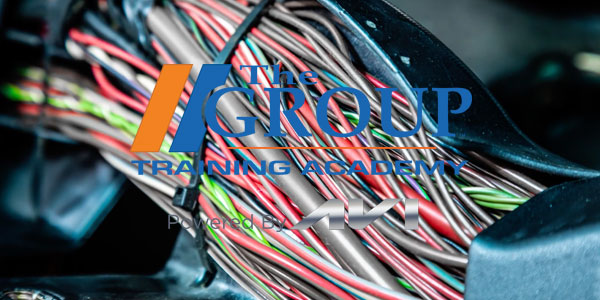Although Coil-On-Plug (COP) ignition systems have proliferated in recent years, most older vehicles have some type of Distributorless Ignition Systems (DIS) or a distributor with spark plug wires. On engines that do have ignition cables, most of the later model application wire sets are spiral-wound stainless steel mag wire. This type of construction has less internal resistance than carbon-core wires (only about 500 ohms/foot versus 5,000 ohms/foot with carbon-core wire) and uses inductance rather than resistance to suppress radio frequency interference (RFI). The result is a hotter spark with less voltage load on the ignition system. Mag wire can be recommended as an upgrade for older carbon core wires.
Some European imports use Fixed Resistor plug wires, which have a steel or copper metallic core with a fixed resistor in the plug boot to control RFI.
Spark plug wire sets do not have a factory recommended service interval and are usually replaced on an “as needed” basis. Even so, many technicians recommend replacing high-mileage spark plug wire sets for preventive maintenance. This is typically done when the spark plugs are replaced at 100,000 miles.
Though spark plug wires are designed to be long-lasting and durable, they can be damaged by chaffing, burning, mishandling and aging of the insulation and conductor (in the case of carbon core wiring). Any damage that allows the spark to jump from the wire to ground or increases resistance can cause a spark plug to misfire. Ignition misfire will usually set a misfire code on an OBD II engine and turn on the Check Engine light. And, if a vehicle has a misfire problem because of one or more bad plug wires, it won’t pass an OBD II emissions test and it will suffer a loss of fuel economy and performance.
When one or more plug wires are showing signs of deterioration or are causing a misfire, the entire set should be replaced. Replacement is needed if the internal resistance in a cable exceeds specifications (as measured end-to-end with an ohmmeter), the cable is damaged (cracked or burned insulation, or visible arcing or misfiring when the engine is running), or the plug boots or terminals fit poorly or are loose.
Replacement cables must be the same diameter (7mm or 8mm) and the same length as the original to fit properly, but do not necessarily have to be the same type of wire (mag wire or suppression wire) as the original wire set. In fact, mag wire is often recommended as an upgrade for applications that were originally equipped with carbon core suppression wire. Premium wire sets typically use a high-temperature insulation such as silicone or EPDM (Ethylene Propylene Diene Monomer). Less expensive wire sets typically use insulation that has less temperature resistance, so they tend to be less durable.













